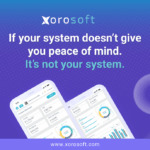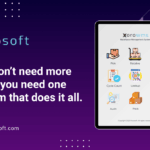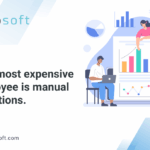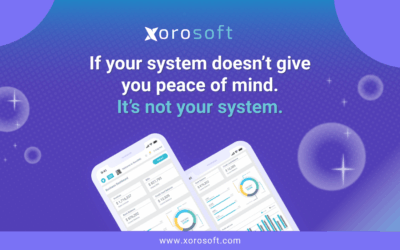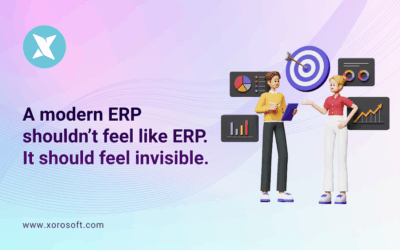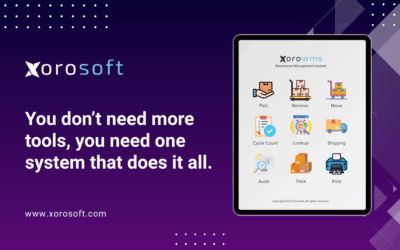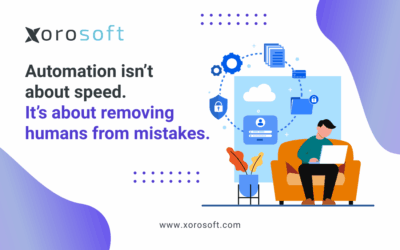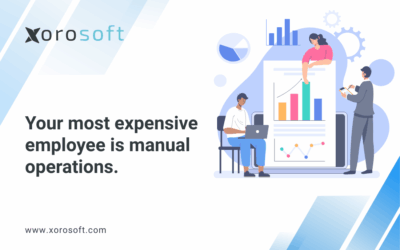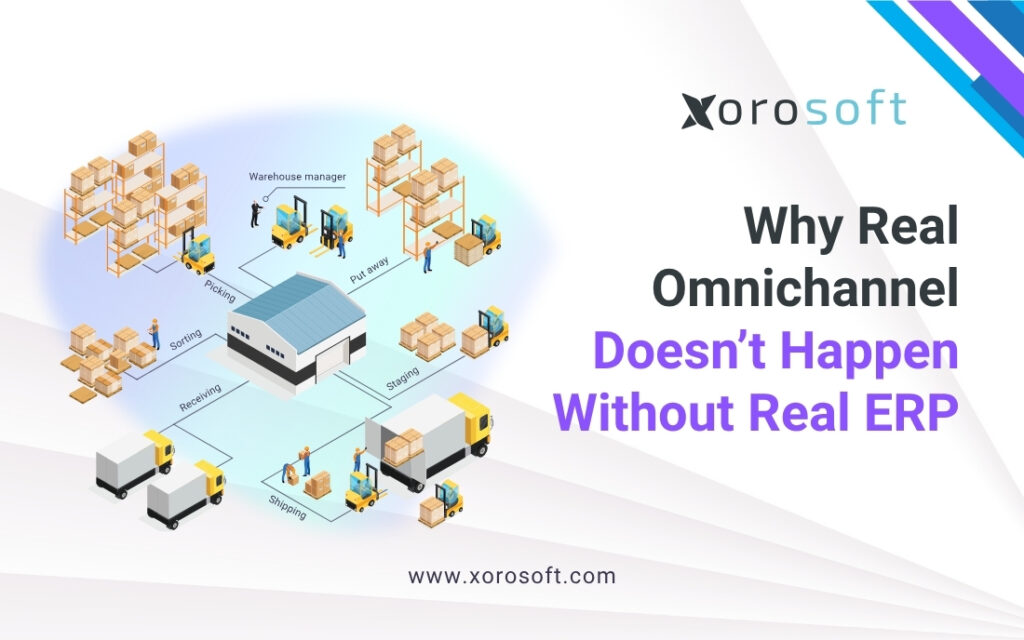
ERP for Omnichannel Retail Starts With the Customer
Every retailer dreams of delivering seamless ERP for omnichannel retail—where customers glide effortlessly between online and offline, confident their order will be accurate, on time, and exactly as promised. However, behind the polished storefronts and sleek apps, most brands are still duct-taping systems together.
Spreadsheets, disconnected POS tools, shipping apps, and outdated accounting software quietly erode the dream of “true omnichannel.” As a result, businesses face inventory miscounts, stockouts, delayed shipments, frustrated staff, and even more frustrated customers. That’s not omnichannel—that’s chaos disguised as convenience.
When Disconnected Systems Derail Omnichannel Retail
Omnichannel retail is no longer optional—it’s the baseline expectation. Shoppers don’t care if they buy on Shopify, Amazon, or in-store—they just want the experience to be consistent. Unfortunately, for scaling businesses, meeting this demand is anything but simple.
Here’s where things usually break down:
-
A Shopify store shows an item in stock, but the warehouse already sold out.
-
An in-store return cannot reconcile with e-commerce inventory until days later.
-
Finance teams scramble at month-end, chasing spreadsheets just to figure out which channel made what profit.
Because these gaps exist, companies spend more time reconciling than serving customers. Moreover, the hidden cost isn’t just inefficiency—it’s customer trust. A shopper burned once by a stockout or a wrong shipment may never return. In a world where loyalty is fragile, poor execution destroys reputation quickly.
Why Legacy Apps Fail Omnichannel Retailers
The difficulty isn’t about desire—most retailers want to get omnichannel right. The real challenge is that the systems they rely on were never designed for it.
-
Disjointed apps: Businesses often grow by adding apps—QuickBooks for finance, Shopify for e-commerce, separate POS for retail, and maybe a shipping platform. Yet, these tools weren’t built to share data natively.
-
Manual workflows: Staff export CSVs, email inventory reports, and rely on human checks to bridge gaps. Consequently, errors creep in quickly and multiply across systems.
-
Lack of visibility: Managers base their decisions on guesses instead of facts. Forecasting demand across channels becomes nearly impossible.
Therefore, omnichannel collapses when companies attempt to stitch together tools that were never designed to operate as one.
The Shift to ERP for Omnichannel Retail
Disconnected app stacks simply can’t power real omnichannel experiences. Instead, retailers need ERP for omnichannel retail—a unified source of truth connecting sales, inventory, fulfillment, accounting, and reporting in real time.
Here’s why the shift matters:
-
A central hub captures orders flowing seamlessly from Shopify and Amazon.
-
Warehouse teams gain real-time updates on inventory levels.
-
Finance teams see reconciled transactions instantly.
More importantly, the change is not just technical—it’s strategic. Retailers adopting ERP can:
-
Promise accurate stock levels across every channel.
-
Automate fulfillment regardless of order origin.
-
Deliver consistent pricing and promotions everywhere.
-
Provide finance with instant visibility into channel performance.
Ultimately, this isn’t just “omnichannel.” It’s omnichannel at scale—reliable, profitable, and built for growth.
How Xorosoft Powers Omnichannel Retail Success
This is where Xorosoft ERP changes the game. It was designed cloud-first for fast-scaling businesses that need ERP for omnichannel retail, not temporary fixes.
Here’s how Xorosoft makes it possible:
-
Centralized Operations: Sales, inventory, warehouse, accounting, procurement, and reporting all live in one platform.
-
Native Integrations: Xorosoft connects directly with Shopify, Amazon, EDI, and 3PLs, updating every channel in real time. See it on the Shopify App Store.
-
Built-In WMS: Unlike bolt-ons, Xorosoft includes a full warehouse management system, ensuring inventory accuracy and smooth fulfillment.
-
Automation at Scale: Hundreds of APIs allow businesses to automate workflows end-to-end—eliminating manual reconciliations.
-
Ease of Use: Ranked #1 in Ease of Use for ERP systems on G2 here.
For businesses juggling multiple channels, this means:
-
When someone buys on Shopify, the warehouse instantly knows.
-
When a return happens in-store, the system updates inventory across all channels immediately.
-
When finance closes the books, the ERP reconciles every channel automatically.
Instead of firefighting errors, teams gain control, efficiency, and customer confidence.
Building Trust Through Consistency and Visibility
Omnichannel is no longer about just “being everywhere.” It’s about delivering on the promise of consistency. Without ERP for omnichannel retail, that promise inevitably breaks.
By unifying operations, automating workflows, and giving leaders the visibility they need, ERP ensures businesses scale without chaos.
Xorosoft ERP delivers exactly that. It’s not just another app—it’s the backbone of omnichannel growth.
👉 Explore XoroONE or Book a demo today and see how effortless omnichannel can be when everything finally works as one.
